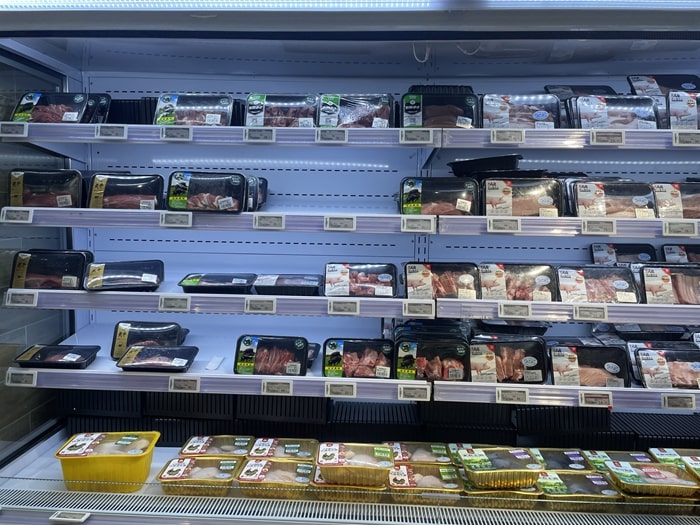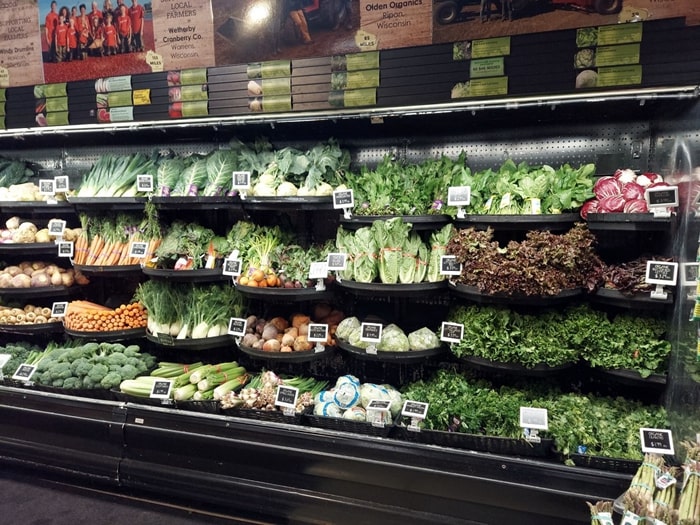How food retailer can use electronic shelf labels to increase sales?
Food retailers can use electronic shelf labels (ESLs) in several ways to increase sales:
Dynamic pricing: ESLs allow for real-time updates of prices, enabling retailers to quickly and easily adjust prices in response to changes in demand, supply, and competition. This can help to increase sales by ensuring that prices remain competitive.
Promotions and discounts: digital price tags can be used to display promotions and discounts in real-time, making it easier for customers to take advantage of special offers and increasing the likelihood of a sale.
Improved product information: electronic shelf labels can display up-to-date product information, including nutritional information, ingredients, and other relevant details. This can help customers make informed purchasing decisions and increase the likelihood of a sale.
Inventory management: By using digital price labels, retailers can track inventory levels in real-time and quickly update prices and product information as stock levels change. This can help to ensure that products are always in stock and readily available to customers, increasing the likelihood of a sale.
Increased efficiency: The real-time updates provided by digital shelf labels can help to streamline store operations, reducing wait times and increasing overall efficiency. This can lead to improved customer satisfaction and an increased likelihood of repeat purchases.


In conclusion, food retailers can use electronic shelf labels to increase sales by utilizing dynamic pricing, promotions and discounts, improved product information, efficient inventory management, and increased operational efficiency.
